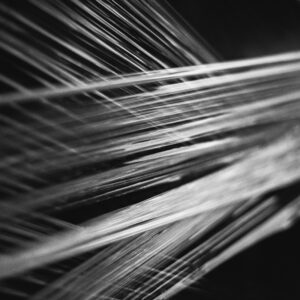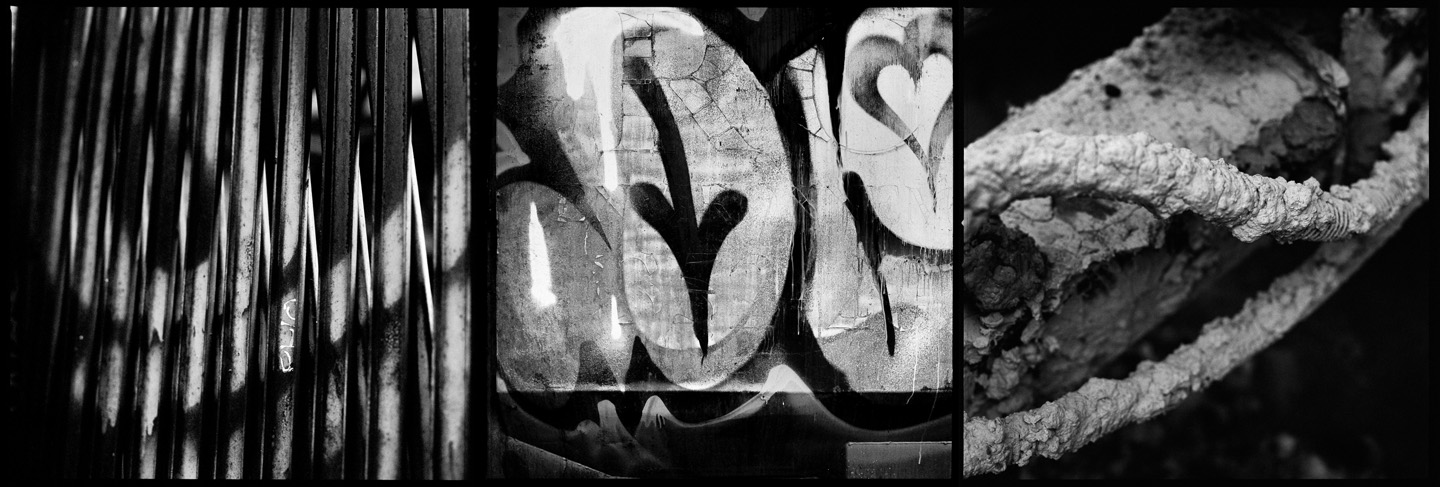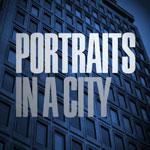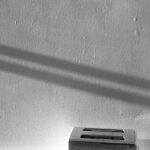“Déjà vu” is a brief experience during which time seems to have been put into a loop.
The moment takes place before our eyes, in present time, but it seems in every way identical to a memory, to an event that we have already experienced but whose origin we are nevertheless unable to clearly identify.
Science suggests that this phenomenon is due to a simple switching error in the cerebral cortex¹. But fortunately, the world is not limited to that of scientific knowledge; thus, I like to imagine that there exists a dimension parallel to ours, a world where the entirety of time and space can be simultaneously accessible in a non-linear way. Déjà vu would then only be a slippage between these two dimensions, a “glitch” of space-time which would temporarily give us access to this other chronology.
All this is of course pure hypothesis, but if this point of view interests me, it is as a metaphor for photography. Photography opens a window onto a world that, on the surface, resembles reality, but in fact obeys none of its rules. This world is interior, it is the domain of thought, memory and dreams.
A photo, like any image, is not an object of reality; it is an idea, an immaterial object existing independently of time and space.

Photography and memory are in fact so similar that it is sometimes easy to confuse them. After all, a photo, like any image, is not an object of reality; it is an idea, an immaterial object existing independently of time and space. It can even, as time passes and our memory fades, come to completely replace the original memory.
Adding to the confusion, memory itself functions like a slideshow: it isolates, condenses and embellishes our memories; she places them like photographs in a carousel, ready to be replayed when asked.
The experience of déjà vu, both undeniably real and physically impossible, leads us to question the very nature of memory: in fact, how can we not doubt the authenticity of a memory if it can be so easily blurred, diverted or even replaced?
Let’s do the reasoning in the opposite direction, that is to say starting from photography and moving towards reality. Of the multitude of images encountered every day, only a few will please us, shock us or move us enough to capture our attention. These images of strangers are, in a way, “found” memories that we will make our own by imprinting them on our memory. We are all, to one degree or another, custodians of fragments of a collective memory. ◼︎
- Stephanie Pappas, “What causes déjà vu?”, Scientific American, February 2023 [read article]


